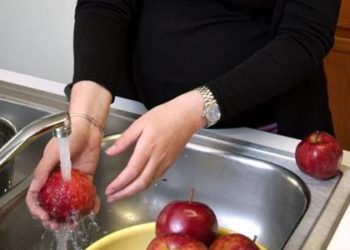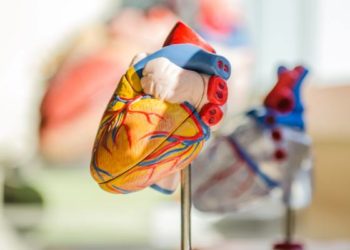Potential contamination of purchased human milk via internet
1. All study samples of milk obtained via the internet contained human milk, but a total of 11% also contained various amounts of cow’s milk-based formula or fluid cow’s milk.
2. A total of 10 out of 11 contaminated samples contained at least 10% cow’s milk.
Study Rundown: It has becoming increasingly common for parents who are unable to feed their infant maternal human breast milk to purchase human milk via the internet. Possible contamination with cow’s milk is concerning as cow’s milk does not provide ideal nutrients for infants and infants with allergies or intolerance may potentially be harmed. Infants fed cow’s milk also lose the intended benefits of exclusive breast feeding. In the current study, researchers sought to test human milk sold over the internet to verify its origin and to detect possible contamination. It was found that while all study samples contained human milk, a total of 11% of all samples also contained various amounts of cow’s milk. Study results may be limited by small sample size and may not be generalizable to all exchanges of human milk. However, the current study adds to previous evidence that human milk sold over the internet may not be of the quality expected. Results may urge providers to counsel their patients to seek out reputable resources when purchasing human milk via the internet or through other advertising outlets.
Click to read the study, published today in Pediatrics
Relevant Reading: Breast milk sharing via the internet: The practice and health and safety considerations.
In-Depth [cross-sectional study]: During 2012, 102 milk samples from the internet were obtained anonymously and included for analysis. General data about quality of milk claims, price per ounce, and reasons for selling milk were recorded and compared with a sample of 99 milk sellers. A representative sample of internet milk sellers was taken from those posting internet advertising during 1 week in 2011 and compared with the study group by chi-squared and z-tests. All samples were tested for human and cow DNA using real-time polymerase chain reaction. A total of 11 out of 102 samples were found to contain some form of cow’s milk. Artificial mixtures of human and cow’s milk were created in the lab in several ratios (at least 10% fluid cow’s milk) and it was found that 10 out of 11 of the contaminated internet samples contained amounts of cow DNA consistent with the artificial lab mixtures. No differences in seller or advertisement characteristics were seen between current participants and the representative group of sellers advertising milk on the internet in 2011.
Image: PD
©2015 2 Minute Medicine, Inc. All rights reserved. No works may be reproduced without expressed written consent from 2 Minute Medicine, Inc. Inquire about licensing here. No article should be construed as medical advice and is not intended as such by the authors or by 2 Minute Medicine, Inc.







